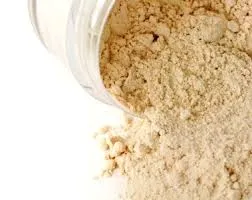

Additionally, antimicrobial agents emerge as essential in environments that demand high levels of hygiene, such as hospitals, kitchens, and food packaging. These additives inhibit the growth of bacteria, mold, and fungi, thereby enhancing the safety and lifespan of plastic items subjected to microbial exposure. Expertise in selecting appropriate plastic additives calls for a deep understanding of the intended application, environmental conditions, regulatory requirements, and the desired attributes of the end product. This involves meticulous research and testing to ascertain that the chosen additives harmonize with the base polymer without introducing adverse effects. The integration of nanotechnology has heralded a new era in the development of advanced plastic additives. Nanoscale materials, such as nanoparticles and nanoclays, offer revolutionary enhancements, including superior mechanical and barrier properties, as well as multifunctional capabilities. This advancement not only opens new vistas for innovation but also underscores the industry's commitment to addressing performance and sustainability challenges. The regulatory landscape governing plastic additives is complex and evolving. Compliance with safety standards and environmental regulations is paramount for manufacturers. Bodies such as the Environmental Protection Agency (EPA) and the European Chemicals Agency (ECHA) stipulate guidelines on permissible substances and concentrations to mitigate potential health and environmental risks. Trustworthiness in the application of plastic additives is largely built on transparency, compliance, and sustainability. The move toward environmentally friendly additives has gained momentum, with manufacturers investing in research to reduce reliance on traditional, potentially harmful substances. Biodegradable and bio-based plasticizers, for instance, are witnessing increased adoption as industries strive to minimize their ecological footprint. In closing, plastic additives are indispensable in the customization and enhancement of polymer materials, securing their position as vital components within the extensive plastic industry. Their ability to tailor properties to meet specific requirements while conforming to rigorous standards underscores their enduring relevance and reliability. Ongoing advancements in additive technology and a keen focus on sustainability promise a future where plastics continue to contribute significantly, yet responsibly, to an array of industries worldwide.

